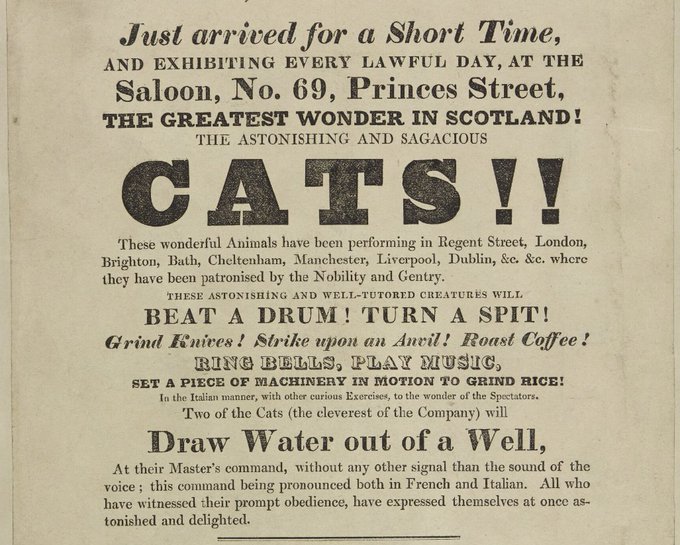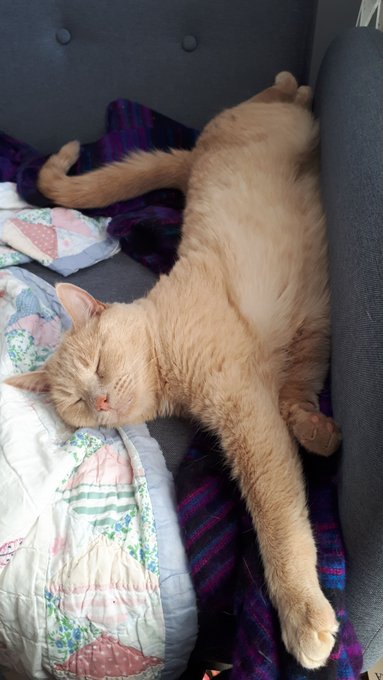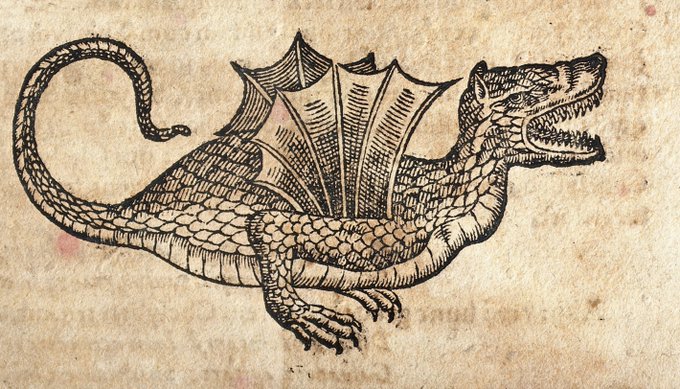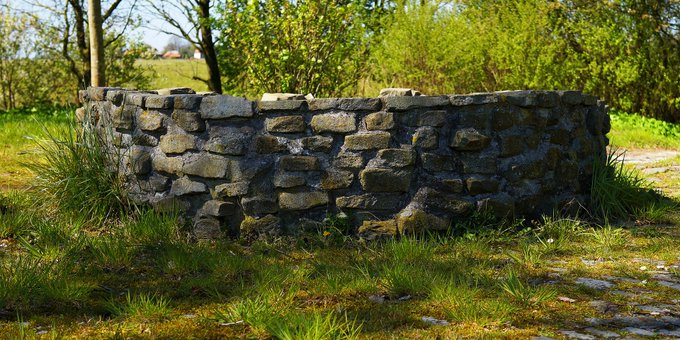Not many poems about migraines out there. “On his Heidake” was written by Scottish makar William Dunbar about 1500 to 1513 to explain a lack of productivity to his patron and benefactor, James IV.
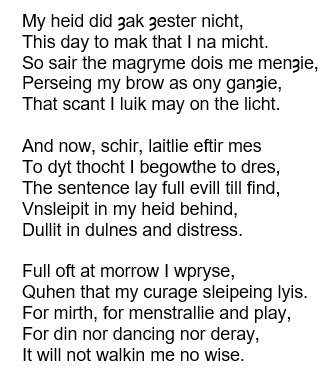
Rough Translation:
My head did ache last night,
so much that I cannot write poetry today.
So painfully the migraine does disable me,
piercing my brow just like any arrow,
that I can scarcely look at the lightAnd now, Sire, shortly after mass,
though I tried to begin to write,
the sense of it lurked very hard to find,
deep down sleepless in my head,
dulled in dullness and distressVery often in the morning I get up
when my spirit lies sleeping.
Neither for mirth, for minstrelsy and play,
nor for noise nor dancing nor revelry,
it will not awaken in me at all.
